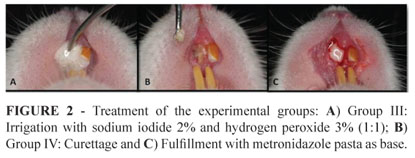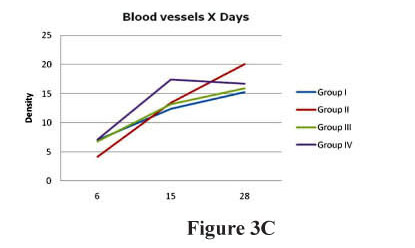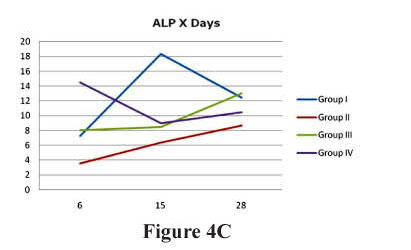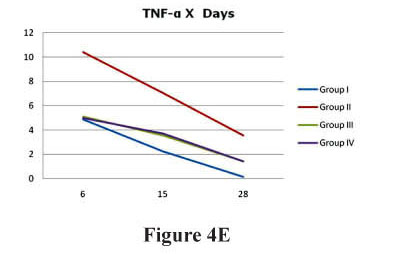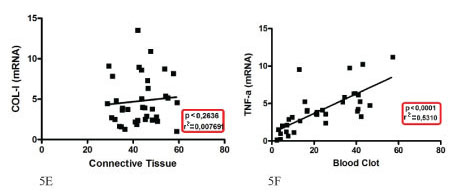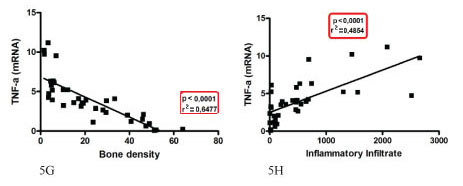PURPOSE: To evaluate two treatment modalities of dry socket in rats and to discuss the first findings of the molecular analysis in this experimental model. METHODS: 84 rats underwent a tooth extraction were divided in 4 groups: I-uninfected socket (control), II-infected socket without any treatment, III-infected socket treated with irrigation of 2% sodium iodide and 3% hydrogen peroxide solution, IV-infected socket submitted to curettage, irrigation with physiological saline solution and fulfilled with metronidazole paste as base. The groups were subdivided in postoperative sacrifice periods: 6/15/28 days. A quantitative and a qualitative microscopic analysis was performed. Also, a quantitative analysis was performed using a RealTimePCR to evaluate the genes expression in the wound healing: Collagen Type I/COL-I, vascular endothelial growth factor/VEGF, osteocalcin/OCN, alkaline phosphatase/ALP, runt-related transcription factor 2/RUNX2 and tumor necrosis factor alpha/TNF-α. RESULTS: The group I showed higher bone formation, followed by groups IV, III, II respectively. The group II presented higher inflammatory infiltrate and the wound healing was delayed compared with other groups. It was obtained a significant positive correlation between bone neoformation and the expression of OCN and RUNX2, inflammatory infiltrate with TNF-α and a negative correlation between bone neoformation and TNF-α. CONCLUSION: No significant difference was found between the treatments.
Wound Healing; Dry Socket; Hydrogen Peroxide; Sodium Iodide; Metronidazole; Rats


